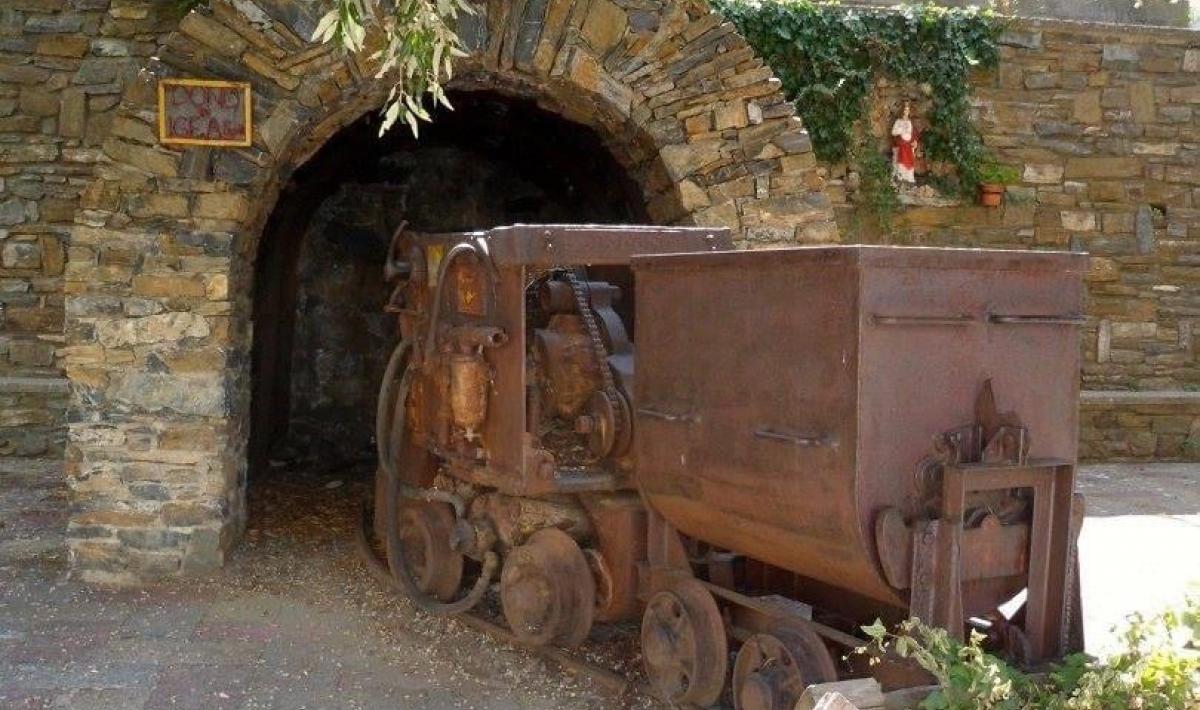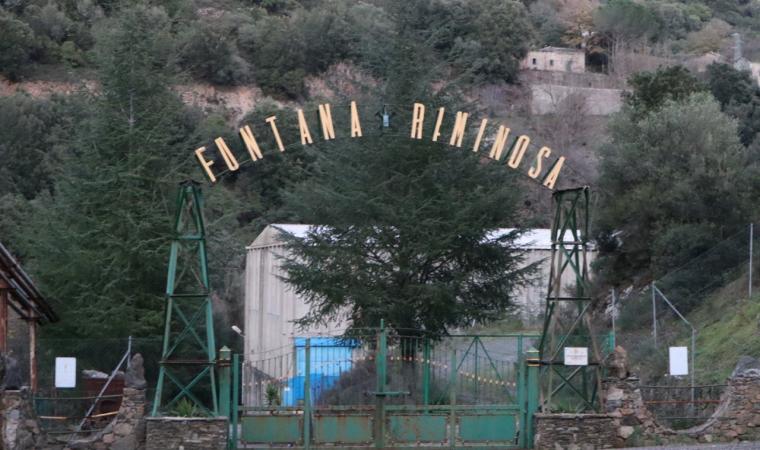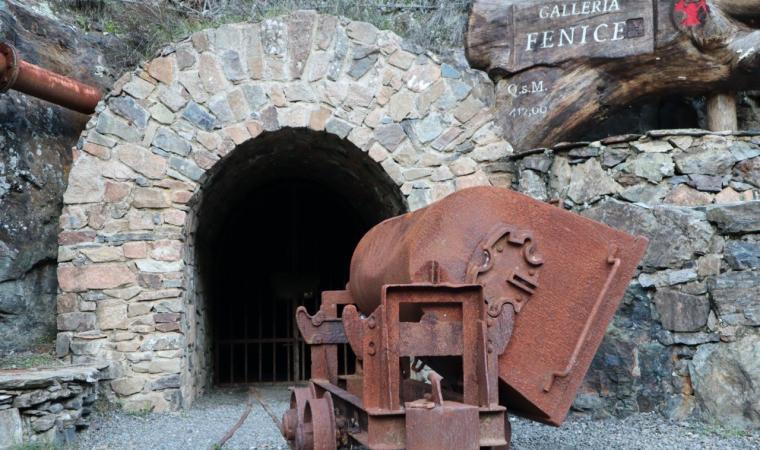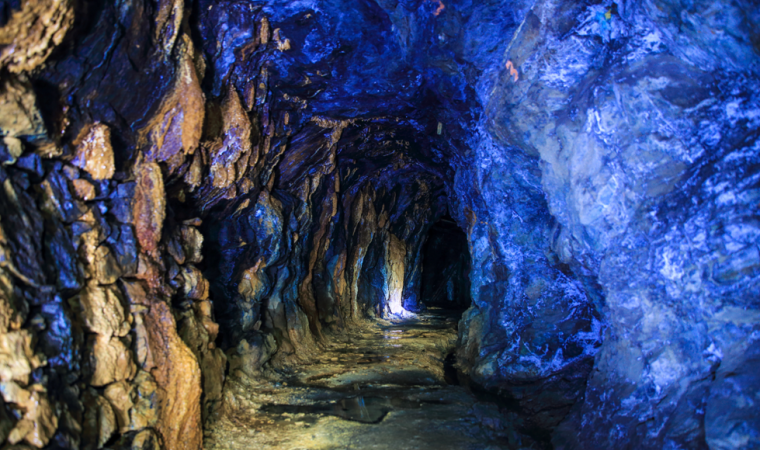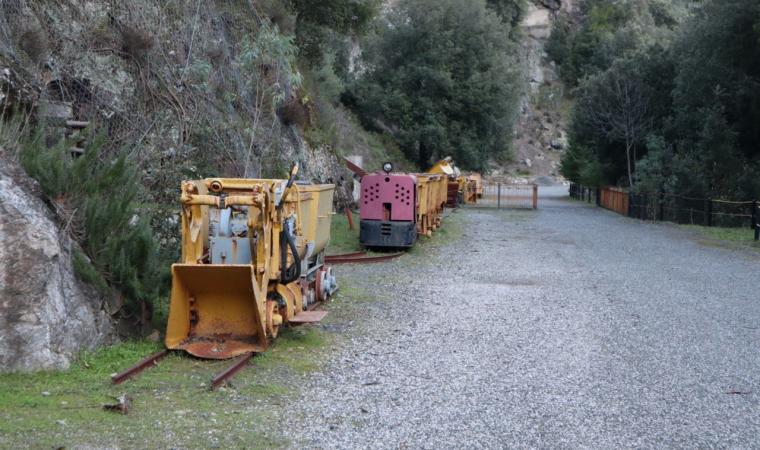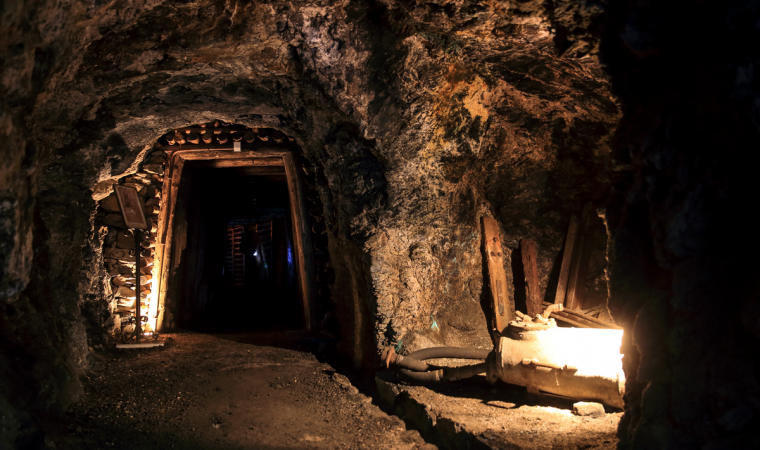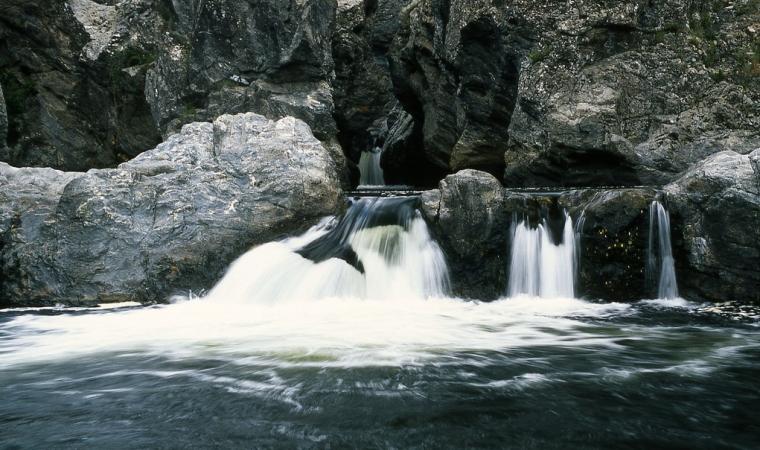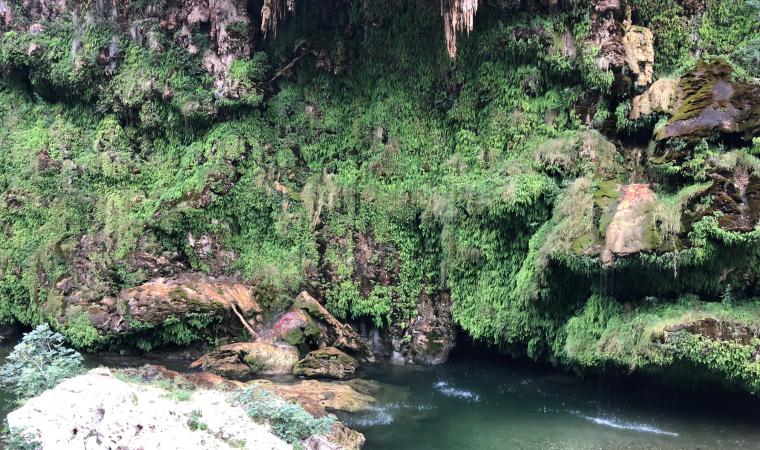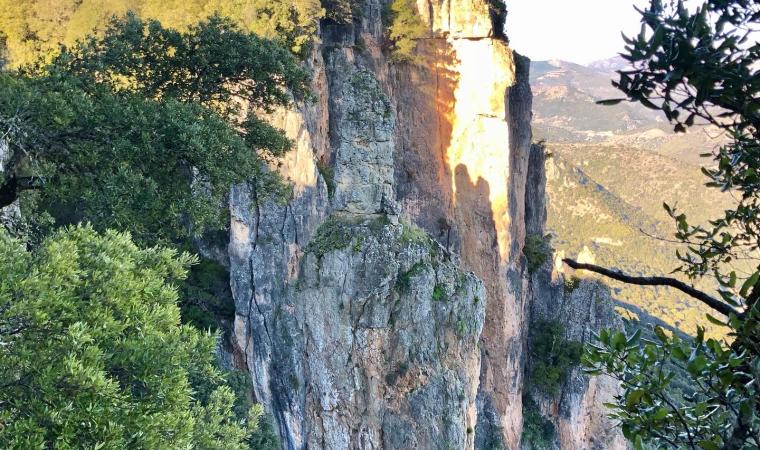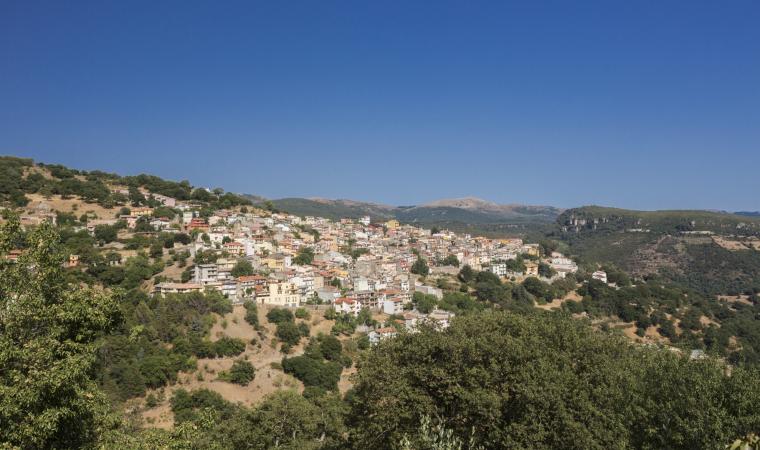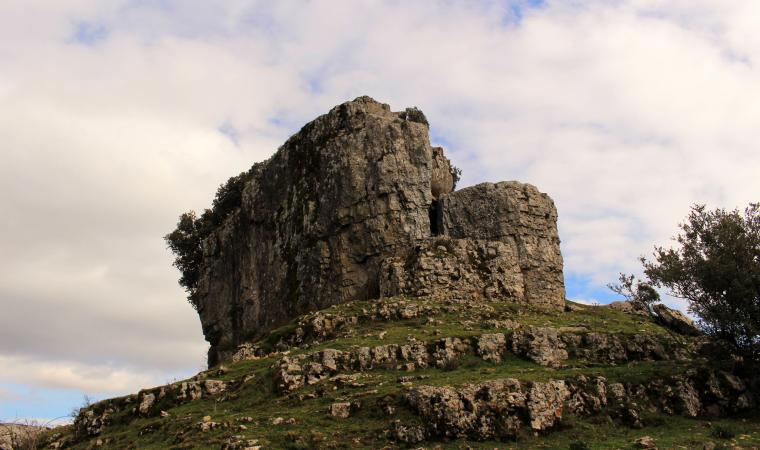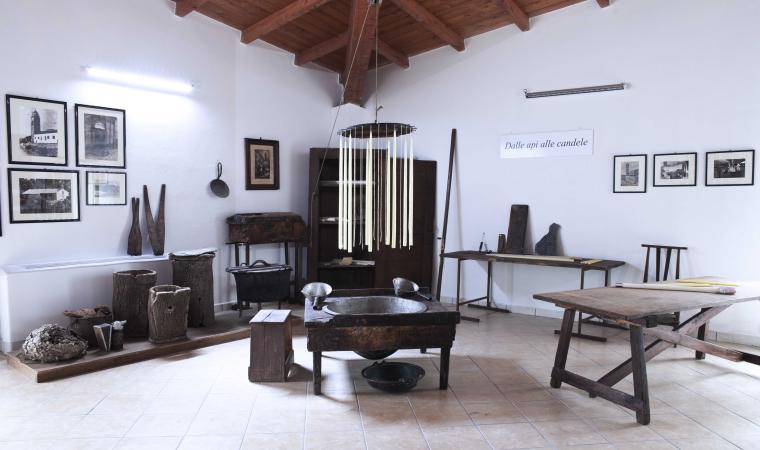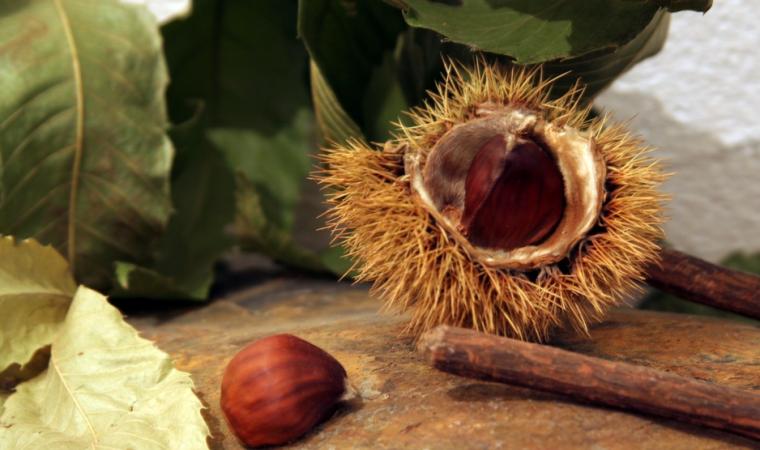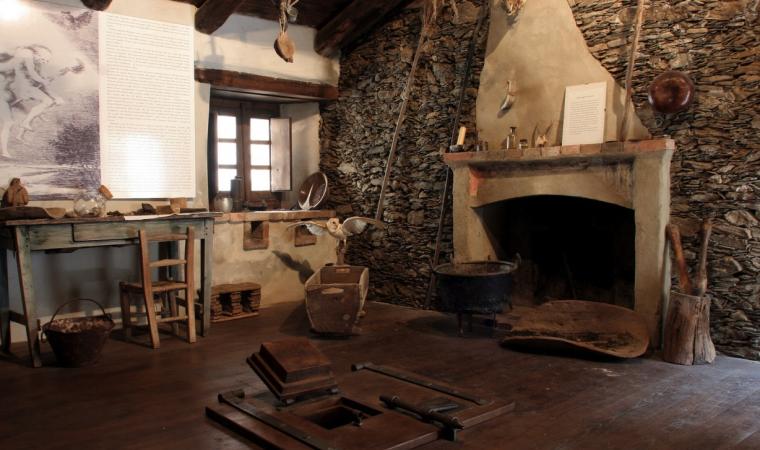A great page of history: here the Nuragic people extracted the essential component of bronze, which they melted down to shape statuettes, tools, jewellery and weapons. Funtana Raminosa, one of the richest copper deposits in Europe, is one of the eight areas that make up Sardinia’s geo-mineral park, listed among UNESCO’s Geoparks. It is an open-air and underground museum, which can be visited by booking, with working machinery that was state-of-the-art at the time and is still in excellent condition. The 'copper well' covers an area of about 150 square kilometres and is ten kilometres from Gadoni, a mountain village in the Barbagia di Belvì area, whose history, economy and identity it represents.
Since prehistoric times, it has been a key player in Mediterranean metallurgy, and after the Nuragics, the site was exploited by the Phoenicians and Carthaginians, then by the Romans: tools, an ingot and the remains of a miner dating from the Imperial age have been found. Two of the current 150 'tunnels', the Phoenician and Roman tunnels, date back to the ancient heritage. The area was perhaps also frequented by the Saracens in the 8th century, as confirmed by the name of the Saraxinus stream, a tributary of the Flumendosa, on the left bank of which, in a deep and lush valley, stands the mining plant.
The first person to start research for excavations and cultivation was the Spaniard Pietro Xinto, in 1517. The Roman tunnels were discovered by explorers at the end of the 19th century, while the 'real' industrial activity took place at the beginning of the 20th century. The modern 'Copper Age' saw Spanish, Belgian, French, Italian and even American companies playing a leading role throughout most of the century. In 1915 the concession was awarded to a French company, which made substantial investments to modernise the mining systems and build a mechanical washery, which became fully operational in 1920 with trials of the flotation system for processing mixed minerals. In 1936, the mine passed into the hands of the Società Anonima Funtana Raminosa, which helped create a mining village with a school, clinic, shop and a chapel dedicated to Santa Barbara. In the 1940s the complex was entrusted to 'Cogne', which built a one-kilometre cableway to transport the ore to Taccu Zippiri, followed by a second one in 1956, which further optimised transport. At that time 300 workers were employed at the plant, until the 1960s, when the mining crisis began. This led to the closure of many plants, including the coal mines in nearby Seui. Every effort was made to save the business, even building a thousand-ton-per-day mineral processing plant. It came into operation in 1982, worked for just eight months, and was the coup de grace: Funtana Raminosa closed in 1983. A group of 19 miners occupied the shafts, staying 400 metres underground for twenty days. The aim was to prevent the permanent closure or, alternatively, the conversion of the plants. Today, the former miners are guides to help you discover the mines, which were opened to the public in 2020: armed with helmets, you can listen to their stories and visit mining sites with ore processing plants, part of the 150 tunnels, open-cast excavations, the washery preserved as it was left on the last day of work, the cableway, small railway convoys, mechanical shovels, drills, a myriad of tools, time-scarred instruments to remind you of the hard work, and fragments of mining history that follow one another through the tunnels, as if time had stood still. The drops of water provide the soundtrack and the colours of the rock faces, from electric blue to pure white, provide the backdrop. Along the road towards the mine entrance you will see the village, with terraced housing and services, from offices to the canteen, from the church to the school, from the infirmary to the shop, all the way to the management building overlooking the facilities from a small hill.
All around, a fairy-tale setting, sculpted in time, intertwining superb nature and industrial architecture.

